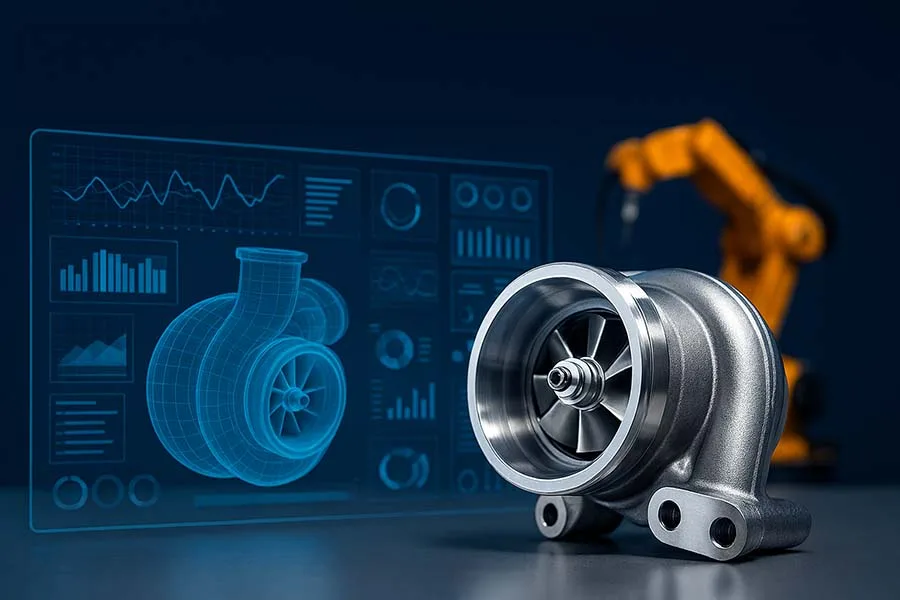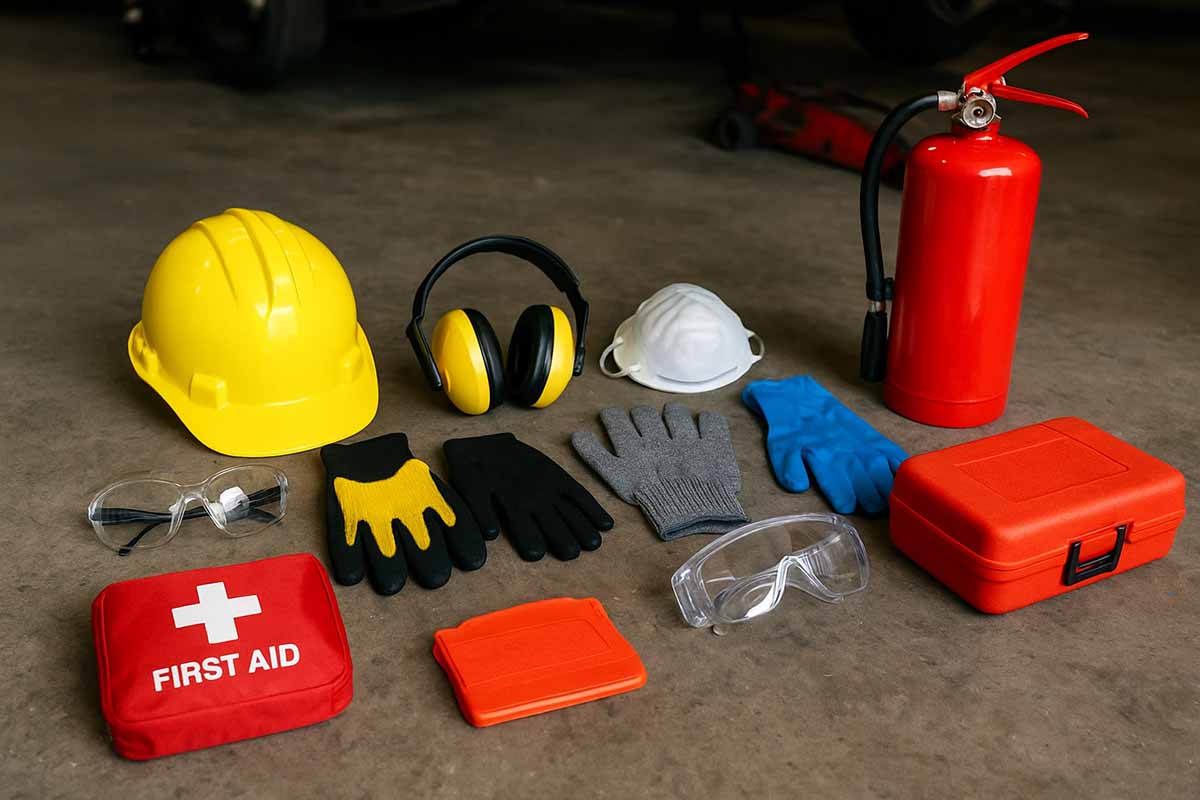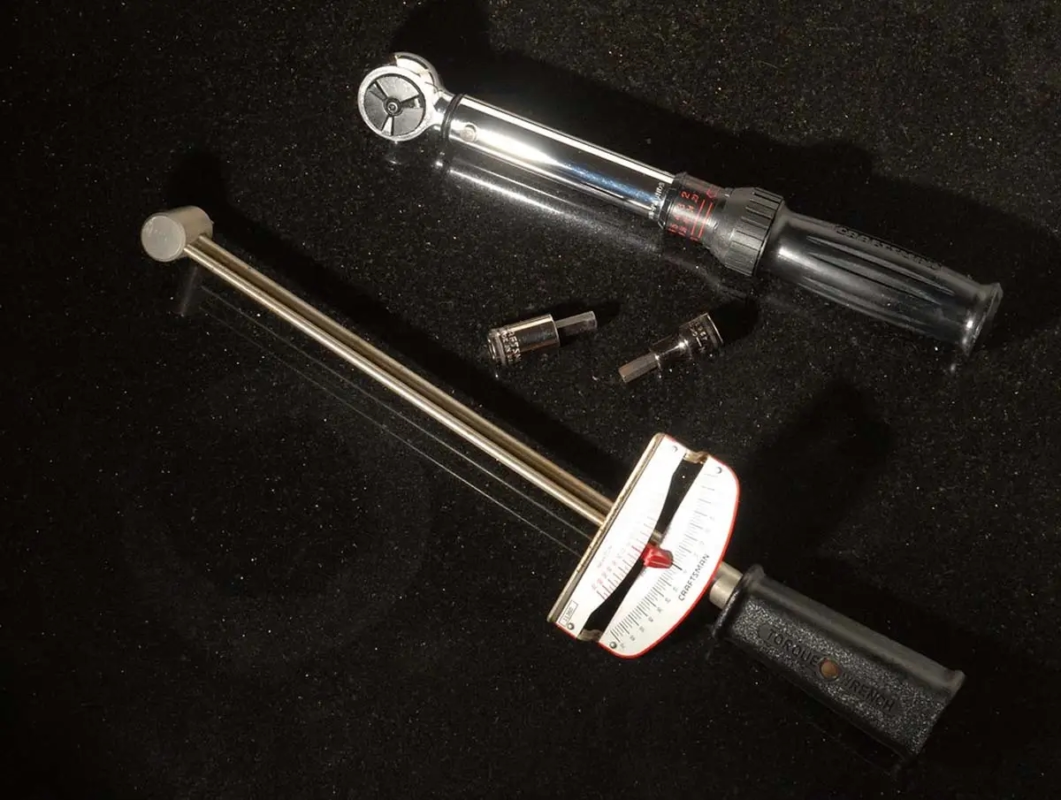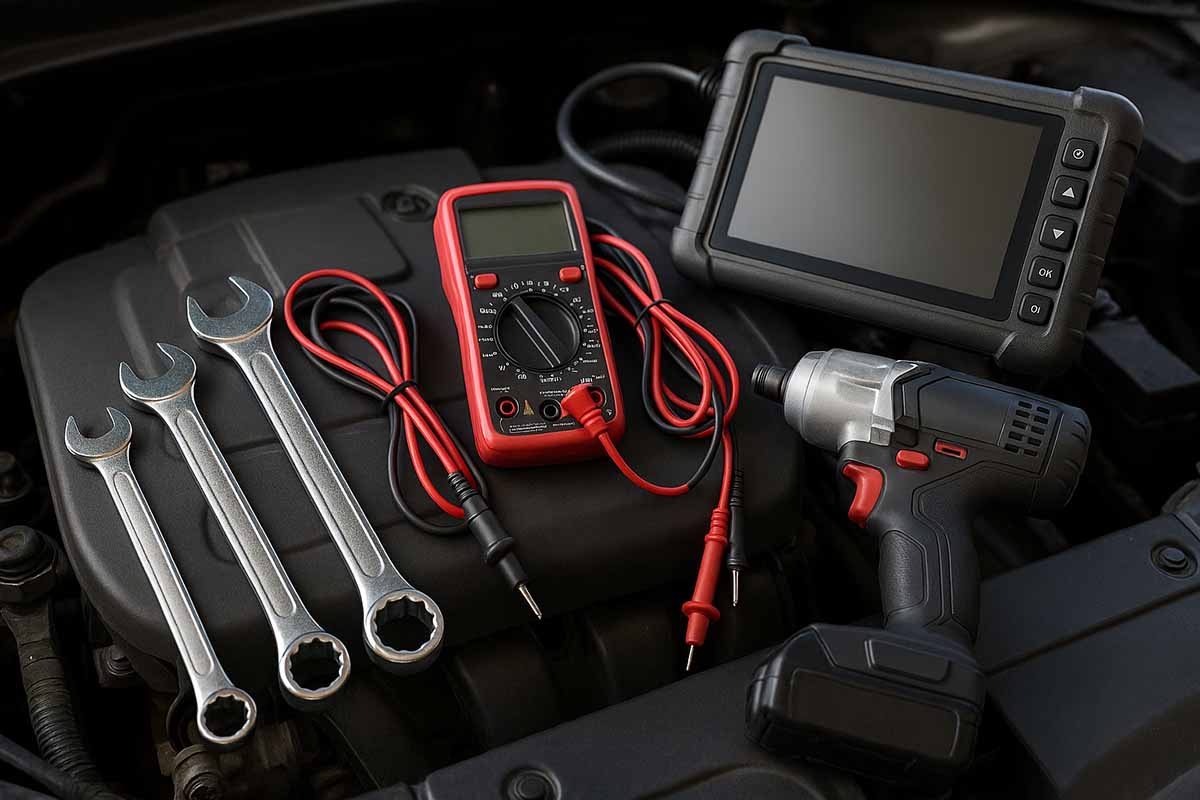Introduction
In the fast-evolving world of automotive manufacturing, digital twins and predictive maintenance are no longer futuristic buzzwords – they’re the backbone of smarter, leaner, and more resilient operations. From turbochargers to stamping tools, these technologies are reshaping how we monitor, maintain, and optimize tooling systems.
What Is a Digital Twin?
A digital twin is a virtual replica of a physical asset – like a tool, machine, or entire production line. It mirrors real-time performance using sensor data, IoT connectivity, and AI algorithms.
Key Features:
- Real-time monitoring of tool wear and performance
- Simulation of stress, temperature, and vibration
- Integration with cloud platforms and telematics
- Historical data tracking for lifecycle analysis
Predictive Maintenance: The Game-Changer
Unlike reactive or scheduled maintenance, predictive maintenance (PdM) uses machine learning to forecast failures before they happen. This means:
- Reduced unplanned downtime
- Lower maintenance costs
- Extended tool life
- Improved safety and quality
Real-World Applications in Automotive Tooling
- Stamping Dies: Digital twins simulate wear and tear, helping schedule maintenance before cracks or deformation occur.
- Turbochargers: PdM models analyze coolant temp, RPM, and torque to predict failure.
- Assembly Robots: Real-time data helps detect misalignment or motor fatigue.
Research Data & Market Insights
- The global digital twin market in automotive is projected to grow from $2.2B in 2022 to $34.6B by 2032, with a CAGR of 32.6%.
- Companies using PdM report up to 30% reduction in maintenance costs and 40% less downtime.
Honest Critique: Where It Falls Short
While the benefits are clear, there are challenges:
- High initial investment in sensors and infrastructure
- Data privacy concerns with cloud-based systems
- Skill gaps in interpreting complex analytics
- Vendor lock-in with proprietary platforms
Some brands overpromise “plug-and-play” solutions that require months of integration. Others lack transparency in how their AI models make predictions.
Learn More About Industrial Tools In Automotive Industry
- Industrial Tools in the Automotive Industry
- Digital Twins in Automotive Tooling: Smarter Maintenance, Fewer Breakdowns
- Comparing Pneumatic vs. Electric Tools in Automotive Workshops
- How Industry 4.0 Is Reshaping Automotive Assembly Lines
- Trends in Automotive Manufacturing Automation
- Impact of Industry 4.0 and IoT on Automotive Tooling
- Essential EV Toolkits for Modern Automotive Work
- Reviews of 5 Leading Automotive Tool Brands
- Top Tools for Automotive Repair and Diagnostics
- Specialized Equipment for Engine Rebuilding
- Automotive Fasteners and Torque Specs Explained
- Safety Tools and PPE in Automotive Workshops
- Troubleshooting Common Automotive Tool Problems
- Top Automotive Tool Brands Reviewed
- Fasteners in Automotive Manufacturing: What Makes the Cut?
- How to Use a Torque Wrench in the Automotive Industry
- Automotive Torque Wrench Buying Guide 2025
Interesting Facts
- Digital twins were first used by NASA to simulate spacecraft systems during Apollo missions.
- Unknown fact: Some automotive plants now use digital twins to simulate entire production shifts, including human operator behavior.
Digital Twins in Automotive Tooling FAQ
Conclusion
Digital twins and predictive maintenance are transforming automotive tooling from reactive to proactive. Whether you’re a manufacturer, supplier, or tech enthusiast, embracing these innovations means staying ahead of the curve.
Have you implemented digital twins or predictive maintenance in your operations? Share your experience in the comments below – and don’t forget to share this post on social media to spark the conversation.





